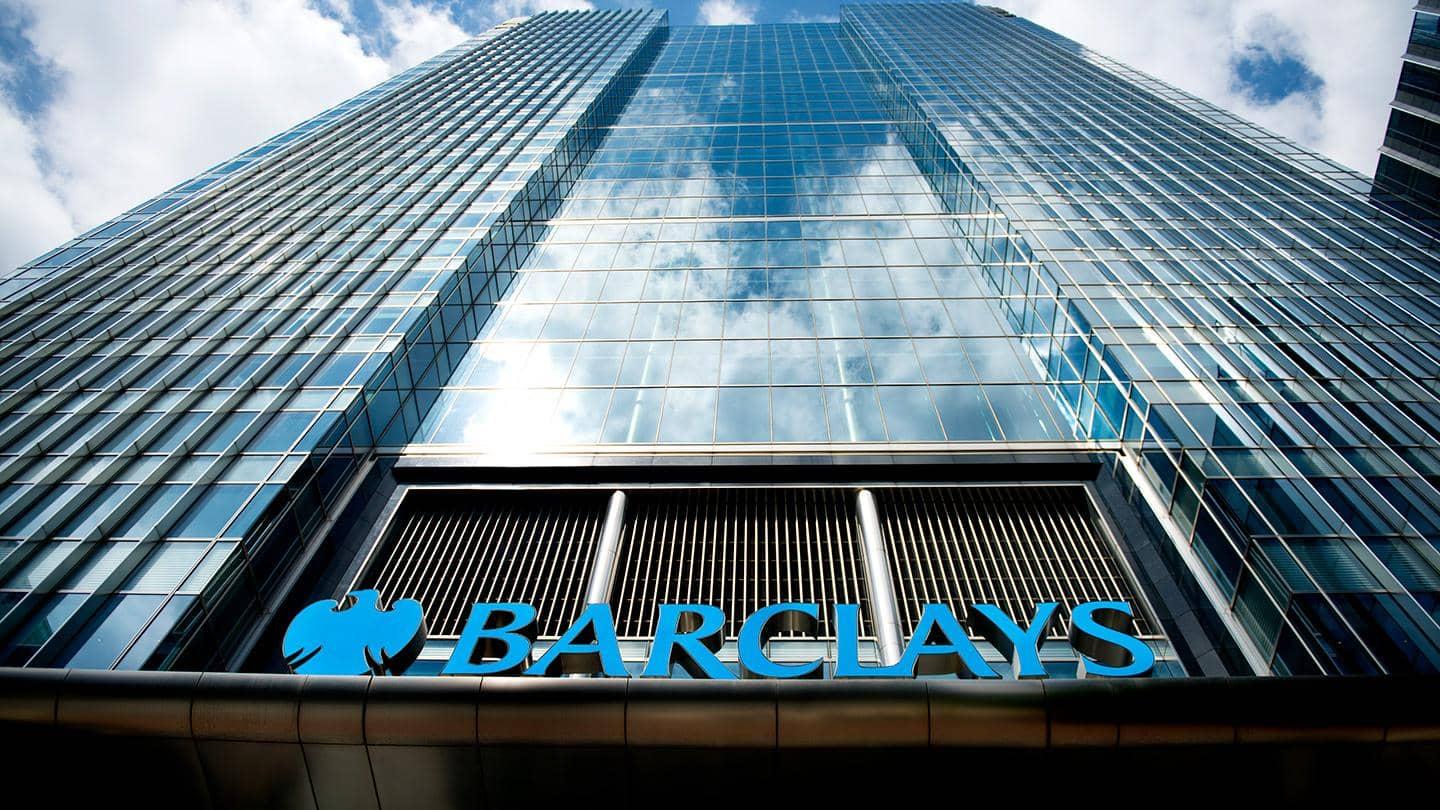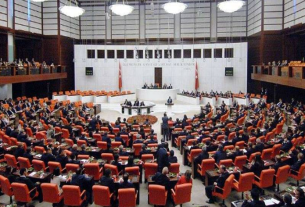In a surprising move, Barclays has bucked the prevailing trend of rising mortgage rates, offering cuts to some of its key products despite widespread increases from major UK lenders. This marks a notable shift in the mortgage market, where the majority of lenders have raised rates in recent weeks following growing concerns about inflation and the economic outlook.
Barclays’ Mortgage Rate Reductions
The bank’s decision to reduce rates on various mortgage products has been hailed as a “bold” move by industry analysts. Among the changes, Barclays has reduced its two-year fixed mortgage rate for borrowers with a 10% deposit from 5.49% to 5.39%. Additionally, its two-year fixed rate for those with a 25% deposit has dropped from 4.46% to 4.36%, although this option carries a £899 fee. These reductions come at a time when many other lenders have raised rates, driven by expectations of prolonged inflationary pressure and its impact on future Bank of England rate cuts.
The Market Context
Over recent weeks, most of the UK’s largest mortgage lenders, including NatWest, HSBC, and Santander, have raised their rates, responding to a higher-than-expected inflation reading. October’s inflation data, which saw price rises reach 2.3%, has prompted economists to reassess expectations for the Bank of England’s base rate. With inflationary pressures persisting, markets now expect the Bank of England to ease interest rates more slowly than previously anticipated.
This broader economic environment has placed upward pressure on mortgage rates, particularly for those with smaller deposits, as swap rates—the costs that lenders pay to borrow money on the financial markets—continue to reflect these long-term inflation concerns. Until recently, many borrowers were able to secure mortgage deals with rates below 4%. However, the last sub-4% deal in the market was withdrawn earlier in November, leaving consumers facing higher borrowing costs.
Industry Reactions
The decision by Barclays to cut mortgage rates has been met with cautious optimism in some quarters. Nick Mendes, a senior broker at John Charcol, described the reduction as a “small but positive” step that could offer “breathing room for borrowers” in what has been a challenging borrowing environment. Mendes noted that while the cut was relatively modest, it provided a “glimmer of hope” for those navigating the increasingly expensive mortgage market.
However, not all analysts are convinced that Barclays’ decision marks the start of a broader trend. David Hollingworth, associate director at L&C Mortgages, cautioned that while the cut was a sign of ongoing competition in the market, it did not necessarily signal a reversal of the rising rate trend. “I wouldn’t say we’ve reached the peak yet,” he remarked, adding that it was more likely that rates would stabilize with small adjustments over time, rather than a significant decrease in the near future.
Implications for Borrowers
For now, Barclays’ move offers some relief to those looking to lock in rates, especially for those with larger deposits who may still find themselves priced out of the market due to the recent surge in borrowing costs. With the Bank of England’s base rate standing at 4.75%, down from 5% at the start of November, the outlook for mortgage borrowers remains uncertain. While rate cuts from the central bank may come in the future, they are expected to be slower and more gradual than initially predicted.
Ultimately, the decisions made by major lenders like Barclays will depend on a complex set of factors, including inflation trends, economic policy changes, and market conditions. While Barclays’ rate reductions are a welcome development for some, the broader mortgage market will likely continue to face upward pressure as long as inflation remains a concern.



